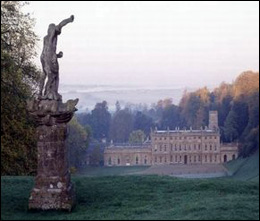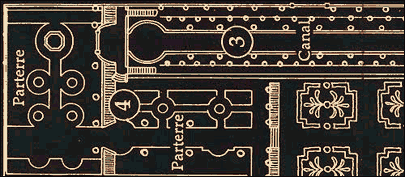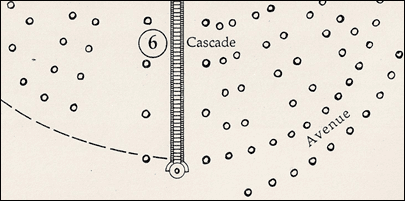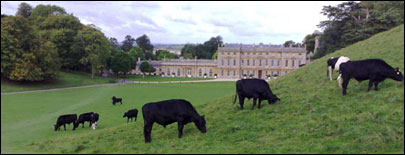Project Neptune facilitated an interest in, and new perception of heritage by young people who worked with artist Nathan Hughes and Dyrham Park's Education Department, to stage a spectacular outdoor event at a late 17th century mansion near Bath, managed by the The National Trust.
Project Neptune was made possible through the Young Roots Lottery Heritage Fund and the National Trust and Sky Schools Arts Partnership. These schemes build young people's confidence and skills, by enabling opportunities for their ideas and energy to drive creative relationships with heritage sites.

Dyrham Park was built for Sir William Blathwayt (1694-1717), who was Secretary of State to King William III of England. Blathwayt commissioned extensive formal gardens, in the ‘Dutch Style’, which rivaled other celebrated English Baroque gardens, influenced by the fashion for all things Dutch. Amongst several famous features, there was a cascade of over 220 steps, and a fountain with water leaping 6 meters into the air.
These gardens survived less than 100 years before being completely demolished in the 1850’s and converted to the Serpentine Style. Today only a lone statue of Neptune survives. (this links to a 360 degree Quicktime VR from behind the statue).
On 26th October 2007, the grandeur of the lost gardens was re-created through a compelling combination of pyrotechnic effects, lighting, video-projections, performance and sound. Young people from Monks Park School Bristol and a team of experienced arts professionals worked together to create a spectacular apparition of the formal gardens as they were in the 1700's.

The students researched the site, the history of Dyrham Park and its period and recreated aspects of the formal East Gardens. Dance students from Monks Park School, Bristol embodied the famous water-cascade, and pupils from Pucklechurch Primary School made giant tulips with LED lights for bulbs, to show the locations of formal beds. After the event, Project Neptune documentation and the young people's research contributions became part of the Dyrham Park archive.

The Project Neptune performance was viewed by and audience of 350+ from a wooded hilltop with extensive views over the surrounding countryside. On arrival at Dyrham Park there was a short walk through the landscape, which was animated by fire and light. This led to a decorated reception area with live Baroque music, warm drinks and a 17th Century finger buffet.

